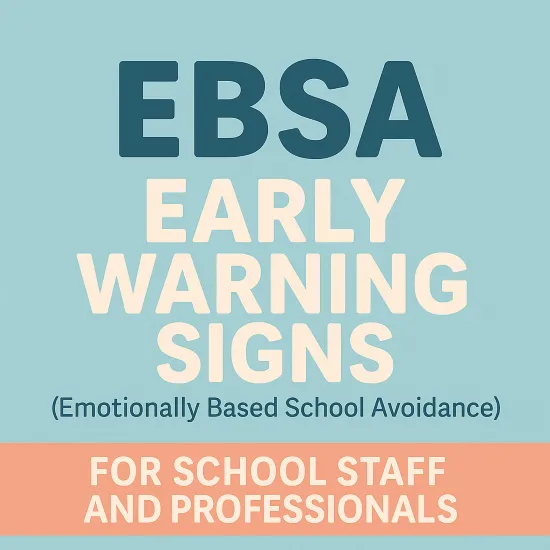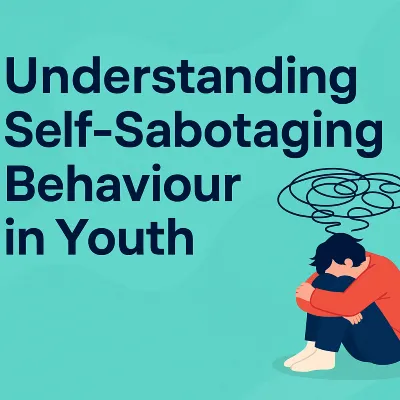Introduction to Trauma-Informed Practice
In this article, I look at trauma-informed schools and what can be done for schools that are looking to become more trauma-informed. Various aspects of the school environment are looked at, including classrooms, safe spaces and teaching strategies.
Schools can become more trauma-informed by adopting a holistic approach that recognises and responds to the impact of trauma on children. This involves creating environments that prioritise safety, trust, empowerment, and emotional support to help children thrive academically, socially, and emotionally (Craig, 2016).
Staff Training and Awareness: Creating Trauma-Informed Classrooms

Effective staff training and awareness are crucial for creating trauma-informed school environments. When school staff understand the impact of trauma on children, they can respond with empathy, reduce re-traumatisation, and foster a supportive learning environment (Blodgett & Dorado, 2016).
Recognising the Signs of Trauma
Training helps staff to identify behavioural, emotional, and physical indicators of trauma, including anxiety, withdrawal, aggression, difficulty concentrating, or inconsistent attendance (Anda et al., 2006).
Understanding Adverse Childhood Experiences (ACEs) and their long-term effects on child development strengthens trauma awareness (Felitti et al., 1998).
A non-judgemental approach allows staff to recognise that certain behaviours stem from trauma rather than defiance or disengagement (Perry, 2009).
Safe and Supportive Interactions

Staff should be trained in de-escalation techniques to respond calmly to emotional outbursts, reinforcing a sense of safety and trust (Van der Kolk, 2014).
Building positive relationships with children and using trauma-sensitive language helps build a sense of safety and trust, preventing triggering anxiety or shame in children (Brunzell, Stokes, & Waters, 2016).
Designing Safe and Calming Spaces
Classrooms and school environments should be calm, welcoming, and non-threatening (Barrett et al., 2019).
Dedicated self-regulation areas allow children to take breaks when overwhelmed (Perry, 2009).
Sensory-friendly spaces, such as soft seating, low lighting, and quiet areas, support children struggling with sensory overload (Souers & Hall, 2016).
Trauma-Informed Teaching Strategies
Predictable routines with calm and supportive responses help trauma-affected children feel safe (Herman et al., 2016).
A flexible discipline policy acknowledges that punitive approaches can worsen trauma responses (Skiba et al., 2014).
Brain breaks, sensory circuits, movement activities, and self-regulation techniques help children remain engaged and emotionally balanced (Souers & Hall, 2016).
Benefits of Trauma-Informed Practice in Schools
Staff should model calming strategies and co-regulation techniques to support children in managing emotions (Jennings & Greenberg, 2009).
Mindfulness and grounding techniques can be integrated into daily routines to support emotional regulation (Felver et al., 2016).
Self-care is essential - supporting traumatised children can be emotionally demanding, and staff should have strategies to build resilience (Hydon et al., 2015).
Establishing Routines and Clear Expectations
Structured daily routines help children feel secure and reduce anxiety (Porges, 2011).
Visual timetables and verbal reminders assist with transitions and help children know what to expect (Cook et al., 2005).
Clear, consistent behavioural expectations should focus on positive reinforcement rather than punishment (Skiba et al., 2014).
Building Trusting Relationships
Daily check-ins and one-to-one interactions strengthen connections between staff and children (Jennings & Greenberg, 2009).
Every child should have at least one trusted adult (but ideally a network of supportive adults) to whom they can turn for support (Brunzell, Stokes, & Waters, 2016).
Build supportive peer relationships to create a sense of belonging (Cook et al., 2005).
Using Restorative Approaches Instead of Punitive Discipline

Replace punitive discipline with restorative practices focusing on understanding and repairing harm (Wachtel, 2016).
Respond to behaviour with curiosity, asking “What happened to you?” rather than “What’s wrong with you?” (Van der Kolk, 2014).
Help children reflect, repair, and learn, rather than enforcing shame-based consequences (Craig, 2016).
Encouraging Student Voice and Choice
Provide children with some control over their environment, such as contributing to a classroom charter (Brunzell, Stokes, & Waters, 2016).
Encourage child-led problem-solving, helping them feel empowered rather than powerless (Felver et al., 2016).
Recognising Strengths Instead of Deficits
Instead of asking, “What’s wrong with you?”, shift to “What strengths do you have?” (Perry, 2009).
Take an asset-based approach, using children's interests, talents, and skills to engage and motivate them (Craig, 2016).
Giving Strength-Based Feedback
Rather than saying, “You got the answer right,” acknowledge effort: “I can see how hard you worked on this” (Dweck, 2006).
Recognise progress and resilience rather than focusing solely on outcomes (Dweck, 2006).
Using Restorative Practices in Schools
Help children understand the impact of their actions and repair harm in a supportive way (Wachtel, 2016).
Focus on conflict resolution and problem-solving rather than punitive punishment (Skiba et al., 2014).
From Awareness to Action
Ongoing professional development ensures that trauma-informed practices are embedded long-term rather than being a one-time initiative (Craig, 2016).
Schools should commit to providing children with a safe and secure learning environment, ensuring trauma-awareness becomes a core value in education (Brunzell, Stokes, & Waters, 2016).
Conclusion
A trauma-informed school provides a safe, stable, and empowering environment where children feel supported and valued. By integrating staff training, structured routines, restorative practices, and strengths-based approaches, schools can help students thrive academically and emotionally, regardless of their past experiences.
By embedding these principles into daily practice, schools not only support students affected by trauma but also create a healthier, more inclusive learning environment for all.


